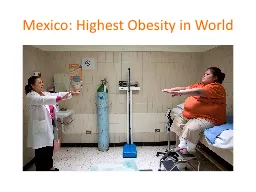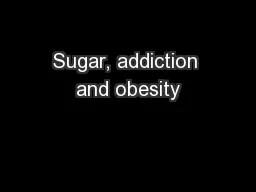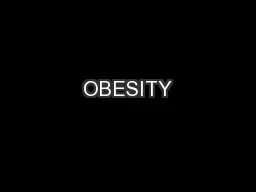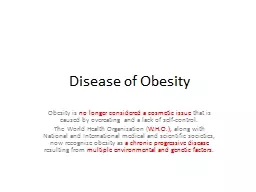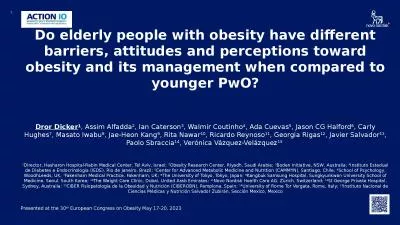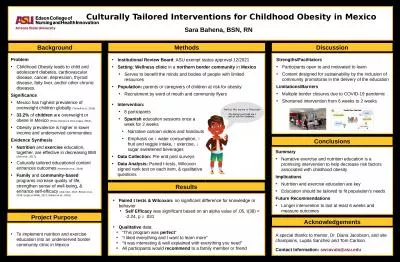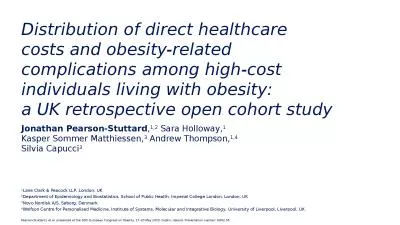PPT-Mexico: Highest Obesity in World
Author : sherrill-nordquist | Published Date : 2017-07-30
What should be done Public Health Officials Reduce soda consumption Food amp Beverage Producers Lobby Obesity comes from taking in more calories than you spend
Presentation Embed Code
Download Presentation
Download Presentation The PPT/PDF document "Mexico: Highest Obesity in World" is the property of its rightful owner. Permission is granted to download and print the materials on this website for personal, non-commercial use only, and to display it on your personal computer provided you do not modify the materials and that you retain all copyright notices contained in the materials. By downloading content from our website, you accept the terms of this agreement.
Mexico: Highest Obesity in World: Transcript
Download Rules Of Document
"Mexico: Highest Obesity in World"The content belongs to its owner. You may download and print it for personal use, without modification, and keep all copyright notices. By downloading, you agree to these terms.
Related Documents

